Doing any of the Jacobean routes by bicycle is really a great plan for holidays or days off, and even more so if you are a fan of pedalling. One of the advantages of doing the Camino de Santiago in this way is that you can cover a greater number of kilometers in less time, being able to complete most of the routes in one or two weeks. Here are some tips for beginners that you will need if you want to do the Camino de Santiago by bike.
Many people insist on doing the Camino by bicycle without having sufficient technique or experience in mountain biking. The truth is that this trip has nothing to do with a one-off weekend outing. Bear in mind that for at least a week, you will cycle a considerable number of kilometres on forest tracks, roads and paths, often in poor condition, with steep climbs and descents that will put you to the test more than once. Add to this the accumulated fatigue as the days go by, not to mention the added weight of your luggage in the saddlebags. If it is your first time as a bicigrino, our recommendation is that you assess your physical condition and your experience as a cyclist before embarking on the adventure.
Once you have it clear, we give you a series of tips that will make things much easier when doing the Camino de Santiago by bike.
Explore Your Ideal Camino de Santiago Route for Your Pilgrimage Journey
Choose well the route of the Camino de Santiago that you are going to do. This experience can be as demanding as you want it to be. You can cover 800 kilometres in ten days, with stages of between 80 and 100 kilometres, or do it in a month with stages of 20 km.
But the difficulty is not only in the length of the stages, but also depends on the orography of the terrain. It is not the same to walk the extensive Castilian plains through which the French Way runs as it is to walk the inland massifs of Asturias that you will find on the Primitive Way.
For this reason, you should never set yourself a linear target of “x’s” kilometres per day, as each stage profile varies considerably. Always translate distances into hours and don’t get obsessed with kilometres. The ideal is 6 hours of cycling per day. Keep in mind that this is not a one-off trip, but that the next day you will have to ride again, and the next, and the next… so physical fatigue accumulates and it is important to manage your strength to keep up the pace throughout the trip.
Get yourself well equipped
Pay attention to the weather and prepare your equipment accordingly. You should bear in mind that you will spend many hours on the bike so it is essential that the bib shorts you wear have good protection. Don’t forget a good helmet, suitable footwear, sunglasses, sunscreen and above all a good kit of spare parts and tools.
If you need it, here you have a list of the essential luggage to do the Camino de Santiago by bike.
Don’t carry too much luggage
Being well equipped does not mean having your saddlebags loaded to the brim. Choose carefully everything you need and avoid unnecessary items in your luggage. Being overweight will be noticeable with every pedal stroke, affecting your endurance and your mood. More than one pilgrim has been forced to abandon their belongings halfway to lighten their load.
A good option to enjoy the Camino even more, is to hire the luggage transport service and forget about carrying the weight. Every morning you can leave your backpack or suitcase at the reception of the accommodation and a vehicle will take care of moving it to the end of your stage, so that when you arrive your suitcase will already be waiting for you. Remember that this service is included in all our bike tours.
The priority in shelters for bicigrinos
If you are planning to do the Camino de Santiago by bike and stay overnight in public hostels, you should know that beds are assigned on a first-come, first-served basis. First priority is given to pilgrims with physical limitations, then to those who walk the route on foot, then to those who walk the route on horseback and finally to cyclists.
This does not mean that you will run out of accommodation, but you should take this into account when planning your trip, especially in high season when hostels reach one hundred percent occupancy.
Have your bike tuned up before you start your trip
It is very important that before starting your trip you check the condition of your bike, especially if you haven’t taken it out of the garage for a long time. Adjusting the brakes, wheels and transmission should be more than enough to do a minimal tune-up. You can take it to a workshop or ask any friend to help you, this way you will avoid a lot of headaches and you will be able to enjoy the experience to the maximum.
Learn some bike mechanics
When doing the Camino de Santiago by bicycle it is essential that you know something about mechanics. While it is true that on popular routes such as the French Way the Portuguese Way or the North Way you will find many specialized bike shops and workshops, but you may have a breakdown in the middle of the countryside and not knowing how to fix it may end up ruining your trip.
Before you set off on the adventure, we recommend you learn at least these four things:
- Repairing a puncture
- Brake adjustment
- Adjustment of changes
- Chain lubrication
Enjoy the experience
Although it may seem obvious, the truth is that many times we forget that ehe Camino de Santiago is not a race to see who gets to the end of the stage first. As you know, on a bike you don’t perceive the same things as when you are walking, as you pass at a higher speed than a pilgrim on foot. Note the interesting places of each stage, visit monuments, stop to contemplate a landscape or enjoy a relaxed conversation with the people around you, wonderful things always happen.

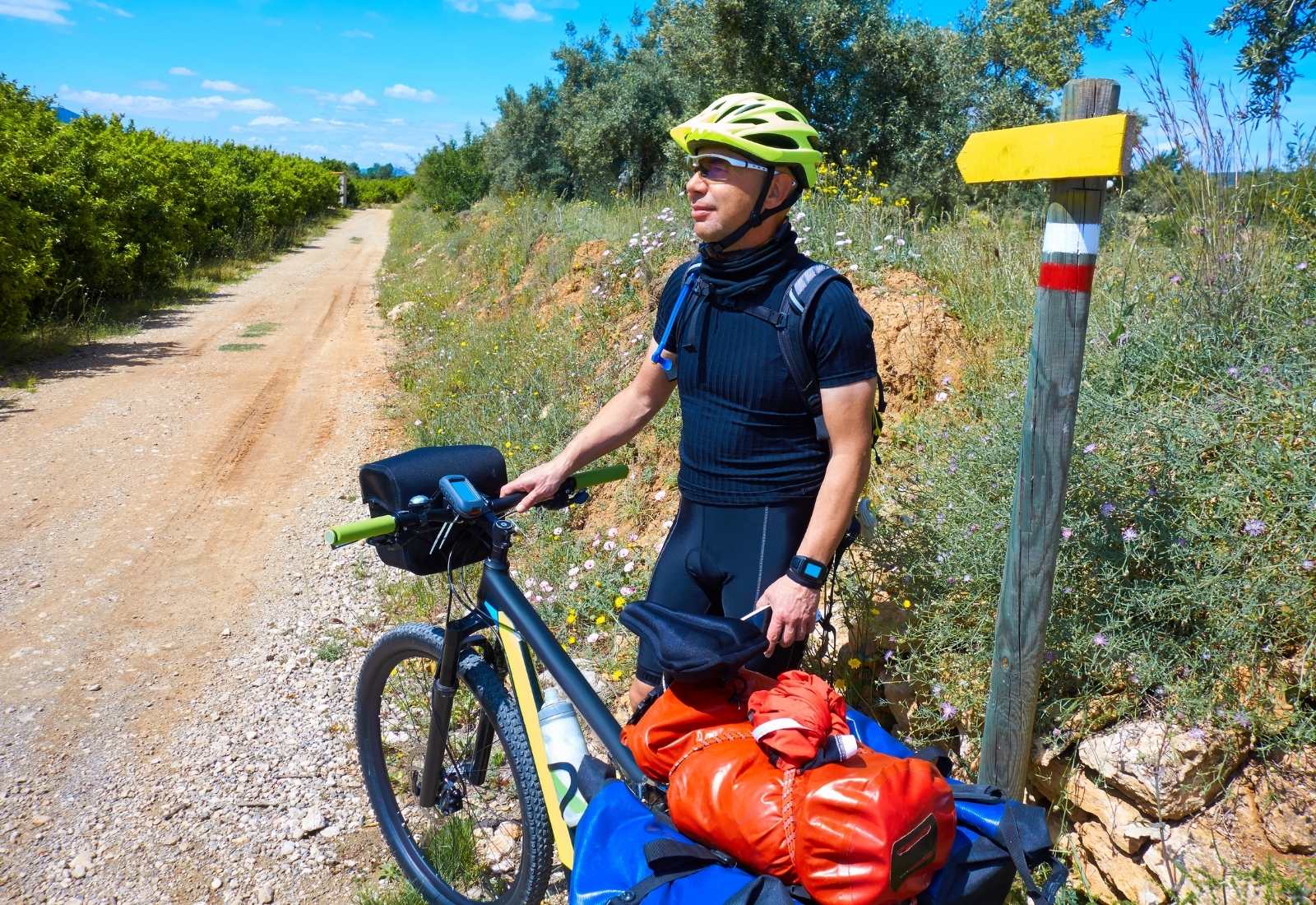
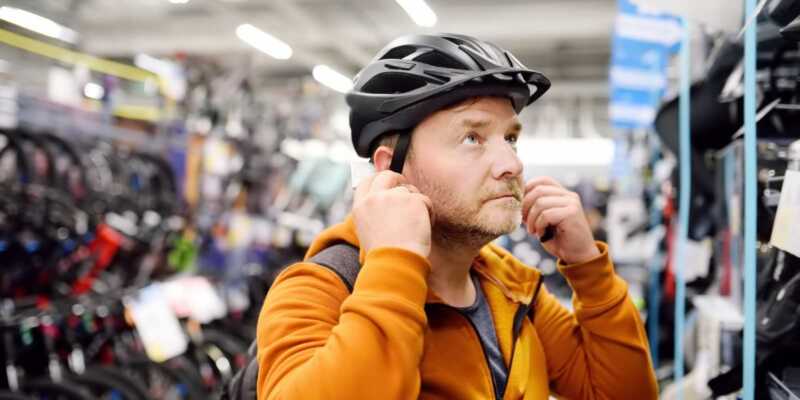
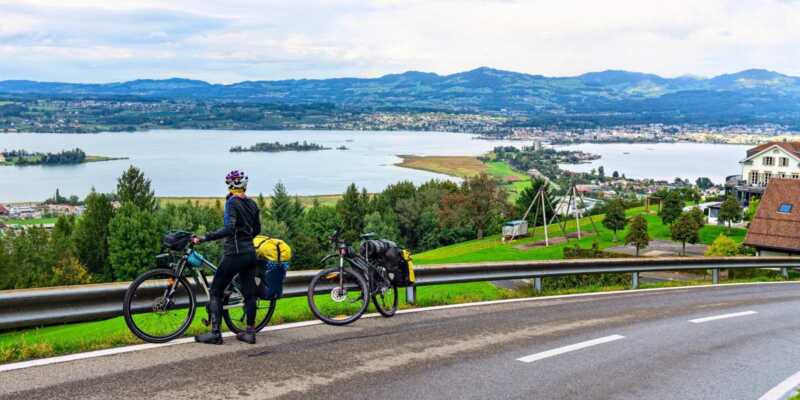
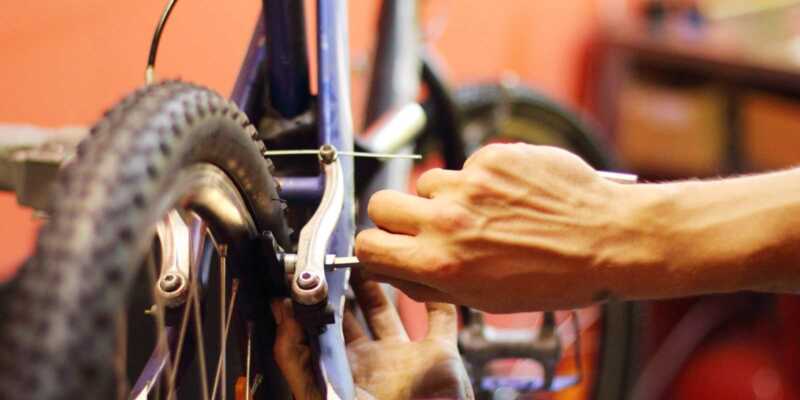
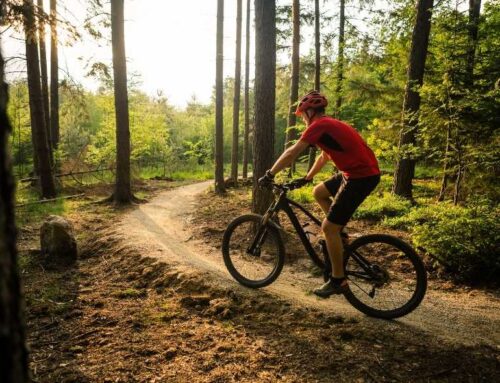
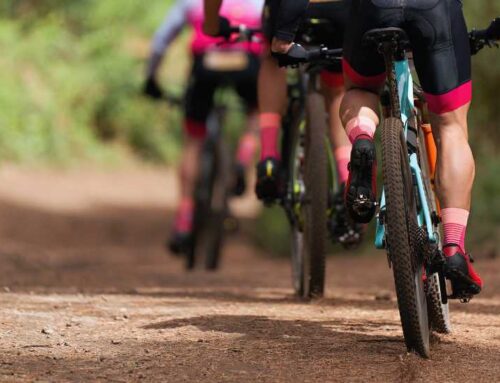
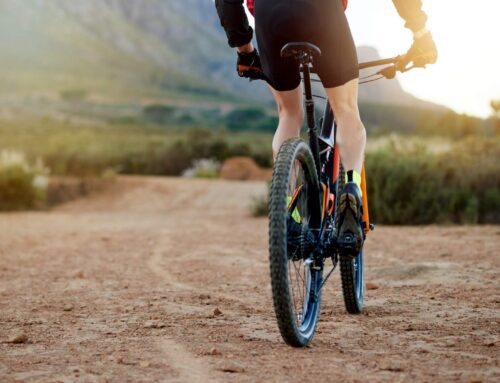
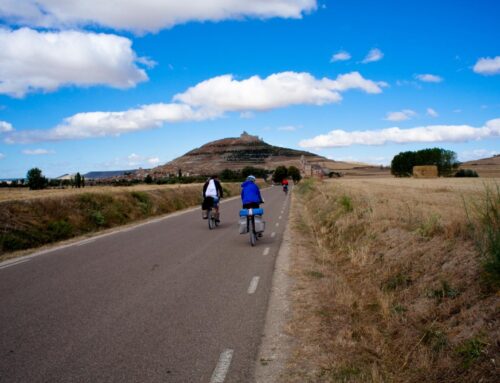
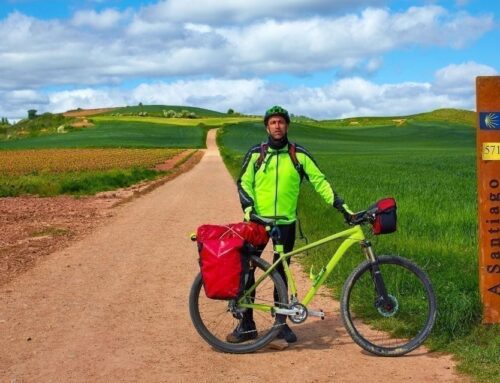
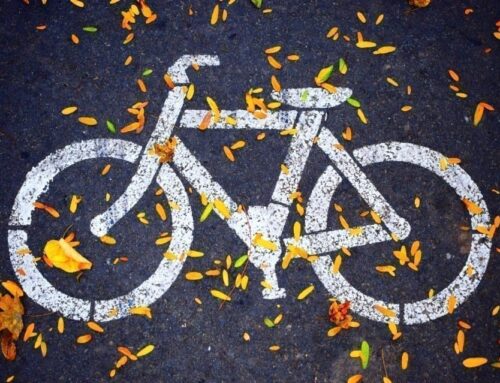
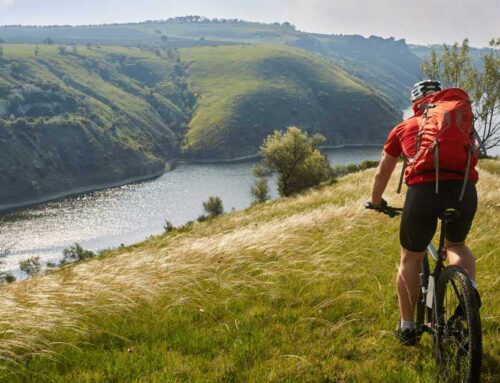
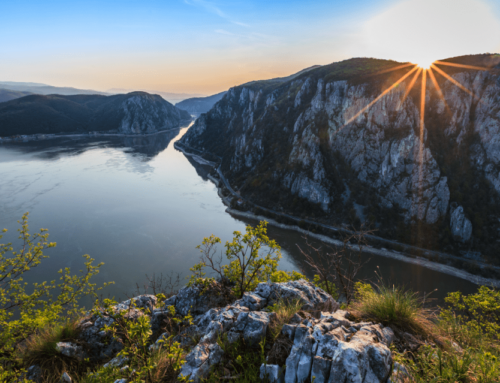


Leave A Comment